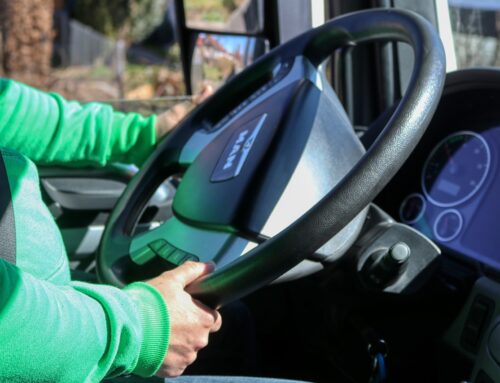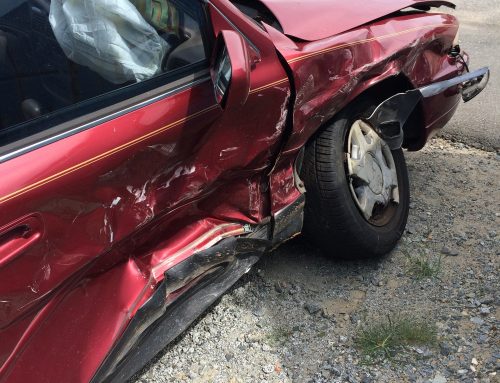Many of the car accidents on Florida roads are the result of a driver’s blind spot. When drivers attempt to merge or change lanes without thoroughly checking their blind spots, collisions can easily occur. Like every car accident, an incident involving a blind spot can result in overwhelming medical expenses, missed time at your job, and expensive property damage. It also raises the question – who is liable in a blind spot accident, and can you recover damages when you have been the victim of this type of crash?
What is a Blind Spot?
All passenger vehicles have blind spots. These are areas around the automobile or truck that are not reflected in any of the vehicle’s mirrors. This results in the driver not being able to see a nearby vehicle, rendering the adjacent car basically “invisible” unless the driver intentionally turns to look in that direction. With most vehicles, blind spots are located behind the rear lights on both the driver’s and passenger’s side. The longer a vehicle is, the more expansive the blinds spot.
To safely operate a vehicle on the road, it is essential that you remain aware of any vehicles that may enter the vehicle’s blind spot. Proper use of all mirrors will help mitigate the risk of a blind spot accident occurring. This means being aware of other cars around you on the road, especially those driving behind you and may venture into your blind spot at some point.
To best protect yourself and all other drivers on the road, be sure to adjust your mirrors properly before beginning to drive. Although it is not possible to eliminate the blind spots entirely, you can reduce them by correctly positioning all of your mirrors. Here’s how:
- Adjust the interior rearview mirror so that it reflects a centered view of the back window.
- Check that your side mirrors reflect only a small sliver of your vehicle from the driver’s seat. you want your mirrors to show your car exterior, but predominately focus on the road.
- When mirrors are correctly in place, check each of them often while driving. Pay special attention when highway driving, as cars around you can change rapidly. Frequent checking of your mirrors will help you stay aware of the cars around you and approaching from the rear.
- Even with frequent checking, it is possible for a vehicle to enter the blind spot without you noticing. Therefore, a driver should always check the blind spot before merging into traffic or changing lanes. This is done by quickly glancing out of the back side window prior to a lane change. This glance should be brief, as you don’t want to take your eyes of off the road in front of you.
Avoid Driving in Other’s Blind Spots
You can help other drivers – and keep yourself safe – by staying out of the blind spot of other cars. By understanding where these blind spots are located, you can avoid staying too long in that area. That is, you can drop back or pull forward so that the other driver can see you. In heavy traffic you may sometimes to forced to stay in someone’s blind spot. If so, look for an opportunity to move when possible.
Important: Remember that vehicles such as semi-truck will have larger blind spots in the areas we discussed, as well as additional blind spots in front of and behind their vehicles.
Who Is at Fault in a Blind Spot Accident?
As with any accident, an investigation will be needed to determine who is at fault in a blind spot crash. Experts may look at the types of vehicles involved in the accident, photos and video from the scene, or witness accounts. An attorney well versed in car accidents can be a helpful ally when trying to prove another’s liability – or your innocence – in these cases.
If you have been in a blind spot accident and require legal assistance, call the personal injury team at Probinsky & Cole. We are here to help you navigate the confusion following a car accident, and to get the compensation you deserve.








